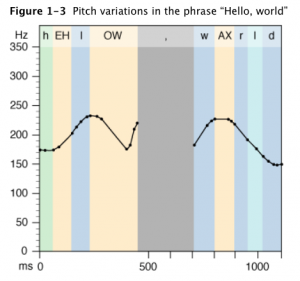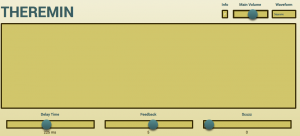notes
Today was able to get the rtlsdr~ object running in Pd on Ubuntu 14.04 on a Macbook pro.
Audio quality seems rough. The only driver I could get to work was Alsa at 44.1KHz – may be able to get help with this from Pd community.
Ended up using 64bit libraries for librtlsdr and libusb-1.0 . In fact, needed to using the shared (.so) libraries, not the static ones (.a) due to a weird linker error. Its possible that it happened due to mixing shared and static and I might try again using both static for these 2 libs.
See notes from previous post about issues with USB capture, and non-root user in Linux – there are 2 flags on the cmake for rtlsdr that might help resolve both of these, but I wasn’t having any luck and needed to use the method described in previous post.
The source code for linux version is in the /usr/lib/pd-extended/extra/rtlsdr~ folder – and the test pd file is in ~/pd/rtlSDR-block.pd, along with some abstractions.
There is also a makefile to build a local version of rtl_fm (rtl_fm3.c) in ~/rtl-sdr-new/rtl-sdr/rtl-fm3/
This makefile mixes the static and shared libs with no problem… hmm…?
next
Need to package this stuff up and send it to pdsdr github with source for Max/Pd on mac and Pd on linux. + instructions… etc.,
Would like to try running on r-pi – but will need to adapt the test patch to receive Osc messages because there is no gui on r-pi
Also I am some skeptical about running at low sample rates for audio – we’ll see…
another note
Just thinking, that even if I am not able to run rtlsdr~ on r-pi that we could adapt rtl_fm so it receives control input from Pd using Osc and work that way…



